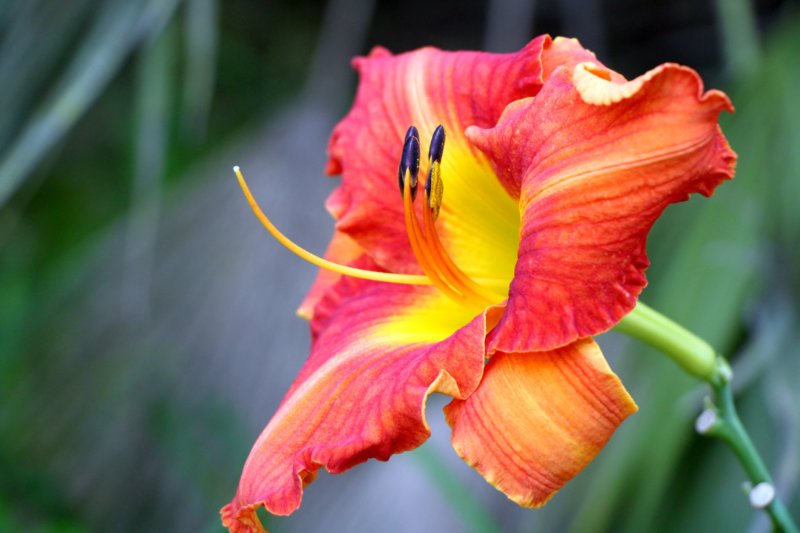How Are Fruit Made? The Role of Females in the Plant World
Are there males and females in plants? Can a plant be both male and female? And how can we identify a female plant?
 News and Events
News and Events
Are there males and females in plants? Can a plant be both male and female? And how can we identify a female plant?

It’s rather complicated, to say the least. With respect to flowers: there are unisexual flowers, either male or female, and there are bisexual flowers, where the same flower can be both male and female.
The male reproductive organs of a flower are the stamens and the female reproductive organs are the style, ovaries and stigma. If we look at a flower and see stamens in it, we’ll know that it’s male; if we also see a style in the same flower, we’ll realise that it’s a bisexual flower that contains both male and female reproductive organs. If we only see either male or female reproductive organs in a flower we’ll know it’s unisexual.
At the plant level:
Some plants are monoecious – the same plant has female flowers and male flowers, for example, corn or avocado.

And some plants are dioecious – male plants and female plants. A classic example of a monoecious plant is the carob tree. At Ramat Hanadiv for example, during September and October we can see male carob trees disseminating their powerfully strong smell; their flowers bloom but they do not produce fruit. Next to them we can see carob trees full of fruit; these are the female trees.
Methods of pollination (analogous to mating in the animal world) are variable and diverse. Not every plant is characterised by sexual reproduction; there are other methods of reproduction such as cuttings, which in fact produce a genetic copy of the plant without the need for sexual reproduction.
Sexual reproduction takes place in variable and diverse says: for example, some plants perform self-pollination, some are pollinated by their neighbours, and some are pollinated by insects.
How can we identify male and female plants – tips
So the next time you walk past a flower, take time to peek inside to see if it’s female, male, or even bisexual.
Did you like it? Join our free mailing list to receive monthly news and updates about activities for the whole family. Register here.
Any question? We will be glad to help